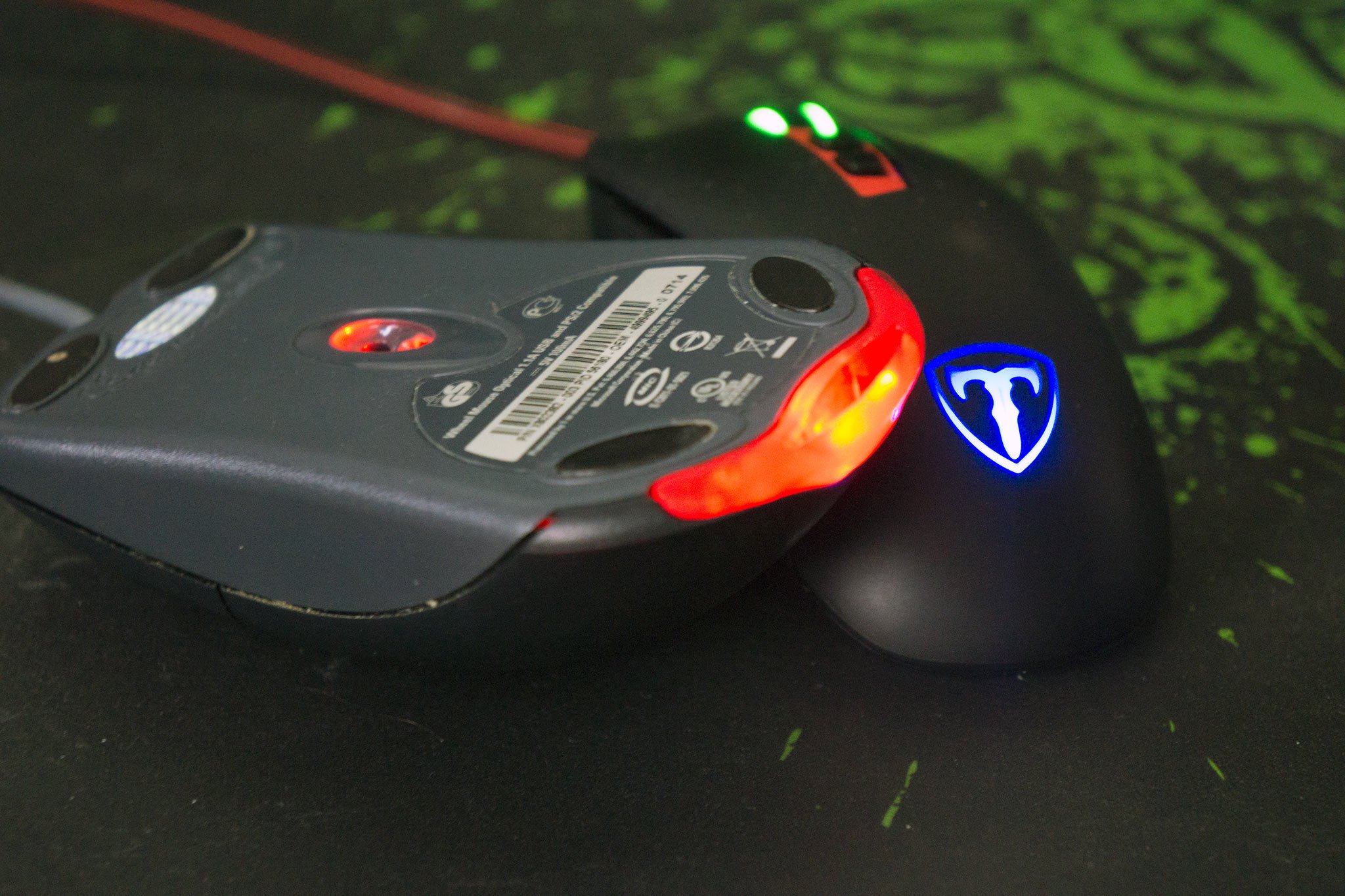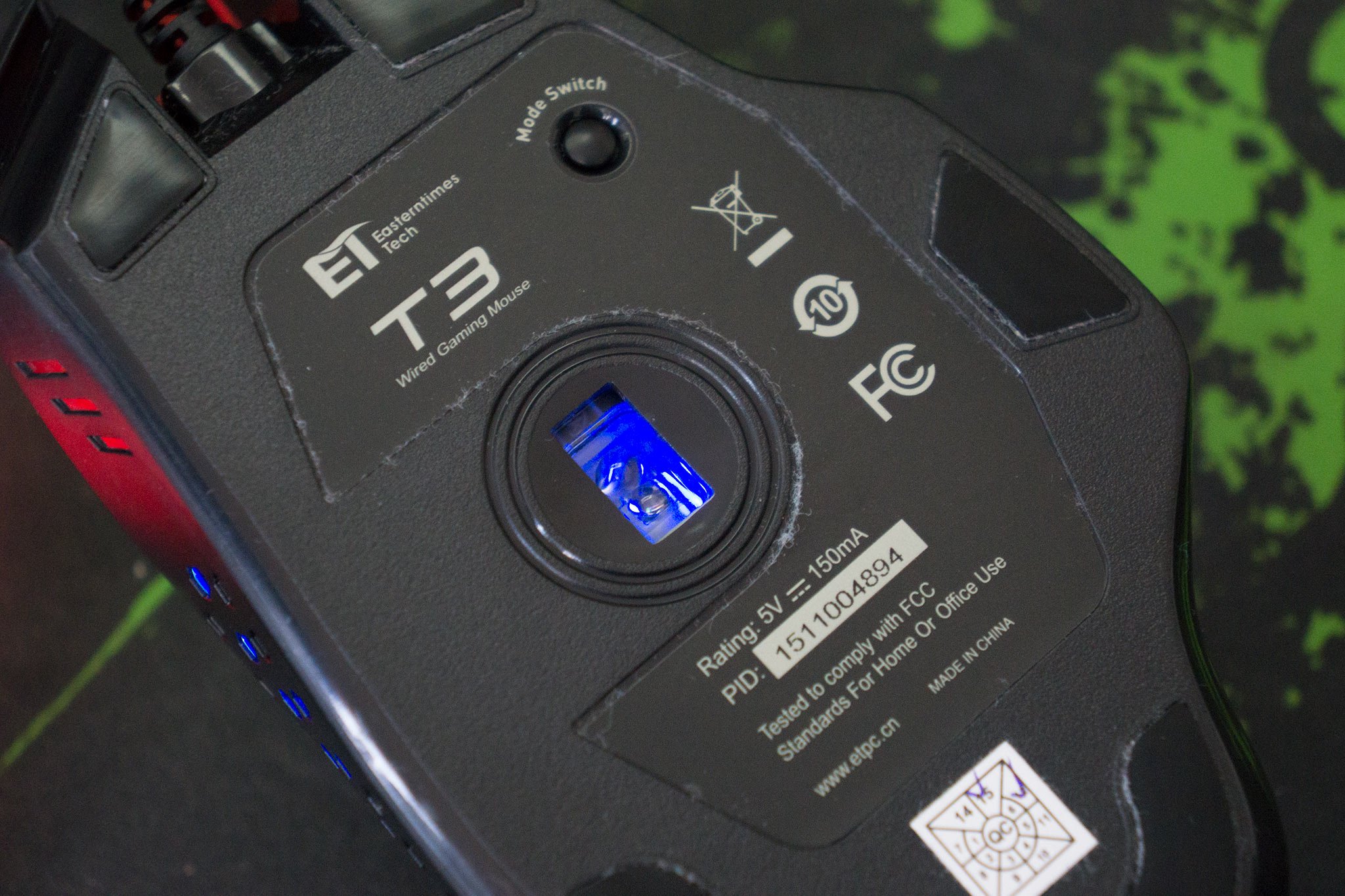What's the difference between laser and optical mice?

Now that the mechanical ball mouse has long been forgotten for most PC users, the majority of mice available today are classified as either "optical" or "laser". The old ball mice were highly mechanical (the ball spun two wheels that rotated slotted discs that blocked and unblocked a li— you know what, it doesn't matter), but the newer mice use an LED or laser reflected off the surface to determine the mouse's movement.
So just what are the differences?

The main difference between the two types of technology is in the name. An optical-based mouse utilizes an LED light source and a laser mouse uses... a laser. Both illumination sources enable a CMOS sensor to quickly take photos of the surface and detect movement. This is where high DPI comes into play, which enables a particular mouse to be more sensitive to movement, though both optical and laser mice can be configured to track a serious number of dots per inch.
Because of the LED light, it's best to use optical mice on mouse pads and surfaces that do not have glossy finishes. Laser-assisted mice can be used on any surface — even glass — but because the way the laser is able to penetrate a surface it can be more susceptible to picking up useless information, especially at slower movements. This can cause jitter-like movements and is often referred to as acceleration, though most laser mice manufacturers have worked to reduce jitter.
Those who require pinpoint accuracy for graphics in Photoshop or sniping in an FPS game may notice the problem more than others. While it's possible to turn down the DPI setting on most mice, it may be worth checking out an optical mouse if a laser appears to be too sensitive for productivity.
Right, so which do I go for?

It's entirely down to personal preference, which is what we normally say when it comes to recommending the best mouse you can buy. Some may prefer laser and other may enjoy using optical. The latter is generally priced more aggressively than a decent laser mouse, which could prove a deciding factor if you're tight on a budget. If you need a quality mouse that works on any surface you may happen to have access to, laser is the choice for you.
While some optical mice can sport DPI configurations of 4000, the newer laser technology will pave the way for a more precise and accurate experience.
All the latest news, reviews, and guides for Windows and Xbox diehards.

Rich Edmonds was formerly a Senior Editor of PC hardware at Windows Central, covering everything related to PC components and NAS. He's been involved in technology for more than a decade and knows a thing or two about the magic inside a PC chassis. You can follow him on Twitter at @RichEdmonds.
